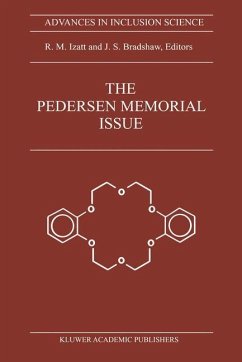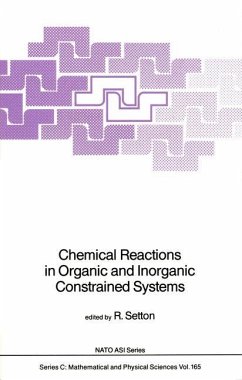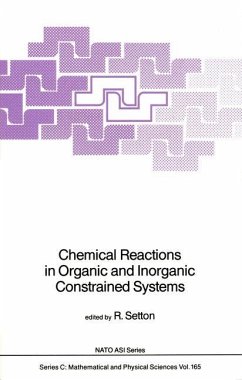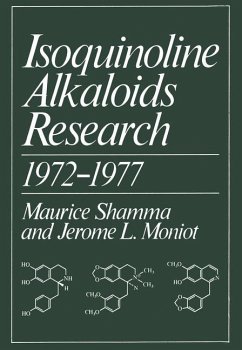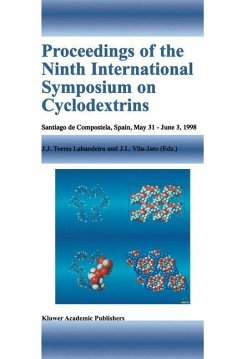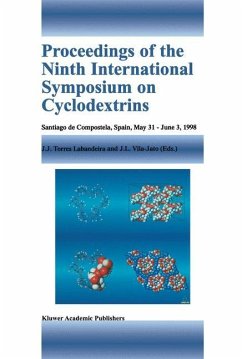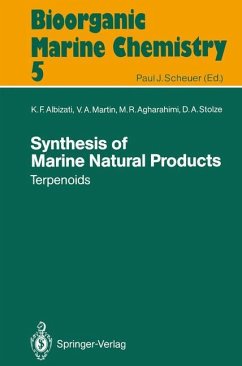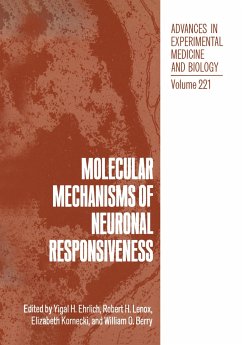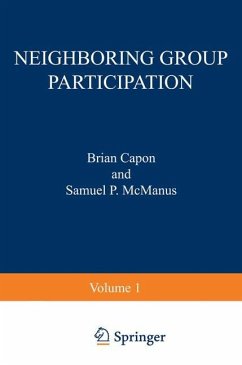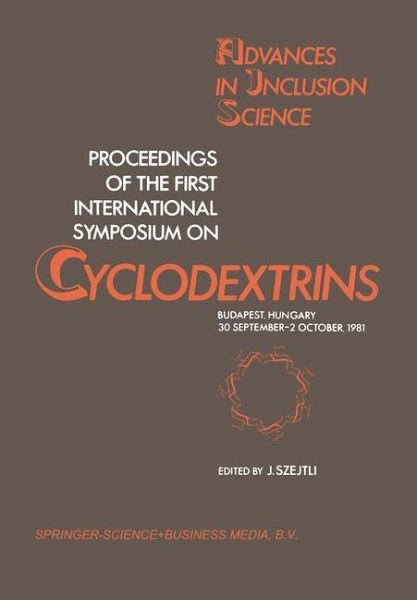
Proceedings of the First International Symposium on Cyclodextrins
Budapest, Hungary, 30 September-2 October, 1981
Herausgegeben: Szejtli, J.

PAYBACK Punkte
39 °P sammeln!
Cyclodextrins are galnlng industrial interest owing to their particu lar structure. These cyclic amyloses are commonly composed of 6, 7 or 8 (named a-, 8-, y-CD) glucose units. They undergo complexation with quite a large number of substances by molecular inclusion. Their potential for in dustrial application is substantiated by their ability to protect fragile substances from oxygen and UV, to delay the evolution of volatiles and to aid the ancillary processing of dangerous or volatile substances in powder ed form. Though a-, 8- and y-CD exhibit different inclusion specificity, 8-CD has found...
Cyclodextrins are galnlng industrial interest owing to their particu lar structure. These cyclic amyloses are commonly composed of 6, 7 or 8 (named a-, 8-, y-CD) glucose units. They undergo complexation with quite a large number of substances by molecular inclusion. Their potential for in dustrial application is substantiated by their ability to protect fragile substances from oxygen and UV, to delay the evolution of volatiles and to aid the ancillary processing of dangerous or volatile substances in powder ed form. Though a-, 8- and y-CD exhibit different inclusion specificity, 8-CD has found more attention than the others. This is due to the fact that most of the cyclodextrin producing enzymes known produce predominantly 8-CD. Fur thermore 8-CD is by far the least soluble form, leading to a relatively sim ple production and purification. Consequently 8-CD is already in production on an industrial scale [~] while a- and 8-CD are still more or less re garded as specialities. A further CD-producing enzyme has been found in the medium of K. pneu moniae [l], Since this CGT appeared to produce predominantly a-CD [~], it has been chosen to develop a process for the production of a-CD. MATERIALS AND METHODS Analysis of cyclodextrins: HPLC on Lichrosorb-NH . 10 ~m, with acetonitrile 2 water 65/35 per volume. Test for CGT activity: as described by Landert elsewhere in this Volume. Starch: potato starch as obtained from Blattmann, Wadenswil, Switzerland.





